we are here!
Together with the British artist Ian Davenport (*1966, Sidcup, GB), the team of Galerie HAAS & GSCHWANDTNER has decided to use the regulations regarding the Covid-19-pandemic for exhibitions as an opportunity to present works by young and emerging artists. Currently the internationally known artist is not able to travel to Salzburg, Austria, and so he invited three ambitious artists to respond to selected works by Davenport. Tina Graf (*1997, Taitung, TW), Inga Hehn (*1984, Linz, AT) and Julian Khol (*1979, Vienna, AT) produced or selected works that deal with themes of artistic techniques, aesthetic principles, but also those of everyday life.
we are here! is the title of the group exhibition, which features 15 prints, five paintings on paper (including two unique pieces from the ‘Davenport Archive’) and two sculptures. The exhibition is divided into three thematic areas: Technique and Experiment, Color and Feelings, and Geometry and Line. Davenport has dealt intensively with all three areas. Tina Graf, Inga Hehn and Julian Khol each make artistic contributions to this.
Ian Davenport took part in the retrospectively highly acclaimed exhibition Freeze in 1988, the year he graduated from the renowned Goldsmiths College in London, GB. Curated by international art star Damien Hirst, the show went down in art history: The Young British Artists were presented for the first time. In 1991 he was nominated for the prestigious Turner Prize, and in 2003 he created a thirteen-meter-high "Puddle Painting" for the Days-like-These exhibition at the Tate Britain.
Looking back on his artistic career, Davenport sees the current situation in galleries as a great opportunity to offer space especially to the younger generation. Davenport's so-called "puddle paintings" have become icons, with their colors merging into puddles at the bottom of the picture. The painting of the Swatch Pavilion 2017 at the 57th Biennale di Venezia is well known. The technique of "puddle pictures" enables the British artist to control the liquid precisely. This moment plays a major role in his works. If the internationally renowned artist himself speaks about them today, he is mainly concerned with the technical challenges, since in recent years he has also concentrated on the techniques of etching and screen printing.
Artistic Practice and Experiment
An expert in the technique of printmaking is the Linz-based female artist Inga Hehn. Her contributions to the exhibition are powerful. Her lithographs and so-called „marbled artworks“ create poetic moments on paper. Just like Davenport, Hehn also uses special graphic techniques, but also gives free rein to chance and experiment, literally creating her own 'soft geometry'. The moment of chance is also important to Davenport. Experimenting with the colors, the random progression of these colors is shown in Davenport's painting Black Lines on white paper from 1996, a unique work of art from the artist's personal archive. Davenport controls the material and the paint, which he applies by means of syringes to the upper edge of the sheet and lets the paint flow vertically down. Through his knowledge of the material, he creates an enormous freedom in his experimental working process.
Hanging next to Davenport's unique piece is the work untitled (2018) by Inga Hehn, a marbling on handmade paper. Hehn, who teaches at the University of Art in Linz, is technically engaged in the centuries-old craft of paper marbling. First mentions of the marbling art originally come from China in the 10th century. Later, marbling was produced exclusively for the Japanese imperial house. In Europe, from the 17th century onwards, hand-colored papers were used as bindings for books. Hehn uses the technique to translate them into her contemporary artistic work. Her marbled works are elaborate, so she boils about 20 liters of jelly-like mass of algae on handmade paper for the sometimes large works.
Afterwards she draws with ink on the liquid surface highly concentrated on. The interaction of the time factor, the temperature and the drawing are clearly perceptible and comprehensible in the captivating prints from the series Drift.
Geomety and Line
From the mid-1990s, Davenport has been working intensively with geometric forms. Inspired by his daily commute to his studio in East London, on which he had to cross the Rotherhithe Tunnel, he created his so-called "Arch-Paintings"(1), which are based on the shape of the arches of the tunnel (constructed 1904-08). Davenport's six-part silkscreen series Ovals (2002) shows the geometric shape of the circle in six different color variations. The series falls into the period of his "Circle-Paintings" (2001-06). The colors of the individual circles sometimes deviate minimally or in contrast form strong contrasts, such as the black circle on the white square paper. The color of the picture carrier is matt, whereas the circles are printed in high gloss. Davenport's Arch and Oval series are based on the early work of Ellsworth Kelly (*1923, New York, USA - 2015, ibid.) White Plaque: Bridge Arch and Reflection (1952-55) from the collection of the MoMa in New York. In this collage on white paper, the American painter and sculptor mirrors two matte black semicircles glued together by a narrow, black, high-gloss stripe.
The shape of the circle, with its continuous, aesthetic proportion, offered the artist plenty of room for experimentation. Davenport says about himself: "I have never really thought of myself as a painter, more as a sculptor who makes paintings".(2) Similar approaches were taken by the Austrian painter Julian Khol. The line as starting point and the spiral as end product, i.e. continuous form of circles (thought spirals) are also the subject of his sculptures set time and HMU (both 2020). In both work complexes, the viewer's gaze follows the consistent course of the lines. The depth of Davenport's prints lies in the surface. The depth of Khol's light blue coloured sculpture set time is fed by the artistic idea.
His sculptures forged from copper tubing, partly covered with 23-carat gold leaf - like HMU, are memories, so-called memos, ideas, fantasies, they stand for the future. By casting shadows, the sculptures are always a millisecond ahead of the present, cast the shadow into the future and are mediators between past and future time, they stand for time intervals, so to speak.
Color and Emotions
The depiction of repeated geometric forms entails the renunciation of thinking about elaborate motifs and led Davenport to his interest in color scales and their precise and complex studies. Studies of paintings and their color structure of old masters followed from 2010 onwards. Davenport implemented the color palettes of classics by Hans Holbein the Younger (*1497, Augsburg, DE - 1543, London, GB) and others, in his well-known manner of stripe paintings. The so called Appropriation Art, an artistic strategy of borrowing motifs in art history, was the inspiration for this. In the years 2019 and 2020 Davenport is engaged in color and light studies of the times of day and the seasons (Winter, from the series The Four Seasons, and the unique pieces 6 am Ghost and 7 am Ghost).
The upcoming Salzburg artist Tina Graf completed her studies of fine arts and design at the Mozarteum University, Salzburg in 2019. Since autumn 2019 she has been studying graphic art and printmaking at the University of Applied Arts in Vienna with professor Jan Svenungsson. The human being is at the center of her graphic prints, but also large-format paintings, as well as social friction points and women's roles in everyday life. In the early months of the Covid-19 pandemic, the female artist dealt with the problem of mental illness in times of lockdown and self-isolation, also autobiographically. Her latest paintings from the series NO ONE TOLD ME (2020) show body studies in an undefined space. Here the artist has also approached the form of appropriation, again using the color palette of Davenport's prints 6am Ghost and 7am Ghost (2020). The bodies painted in Davenport's colors show fragments of arms, legs and heads are visible.
Tina Graf says about her current paintings: "Emptiness, disorientation, diffusion, fear, disruption, irritation and loneliness are the focus. Thus a figure appears several times. At the same time in different places. Not knowing where she is, where she belongs. She is aware of being lost. Both physically and psychologically. Naked, exposed to the viewer."
(1) Filler, Martin, Ian Davenport: 25 Years of Painting (Thames & Hudson, London), 2014, pp.105-109
(2) Batchelor, David, ‘Homage to Homer: Ian Davenport in Conversation with David Batchelor’ in Ian Davenport: New Paintings

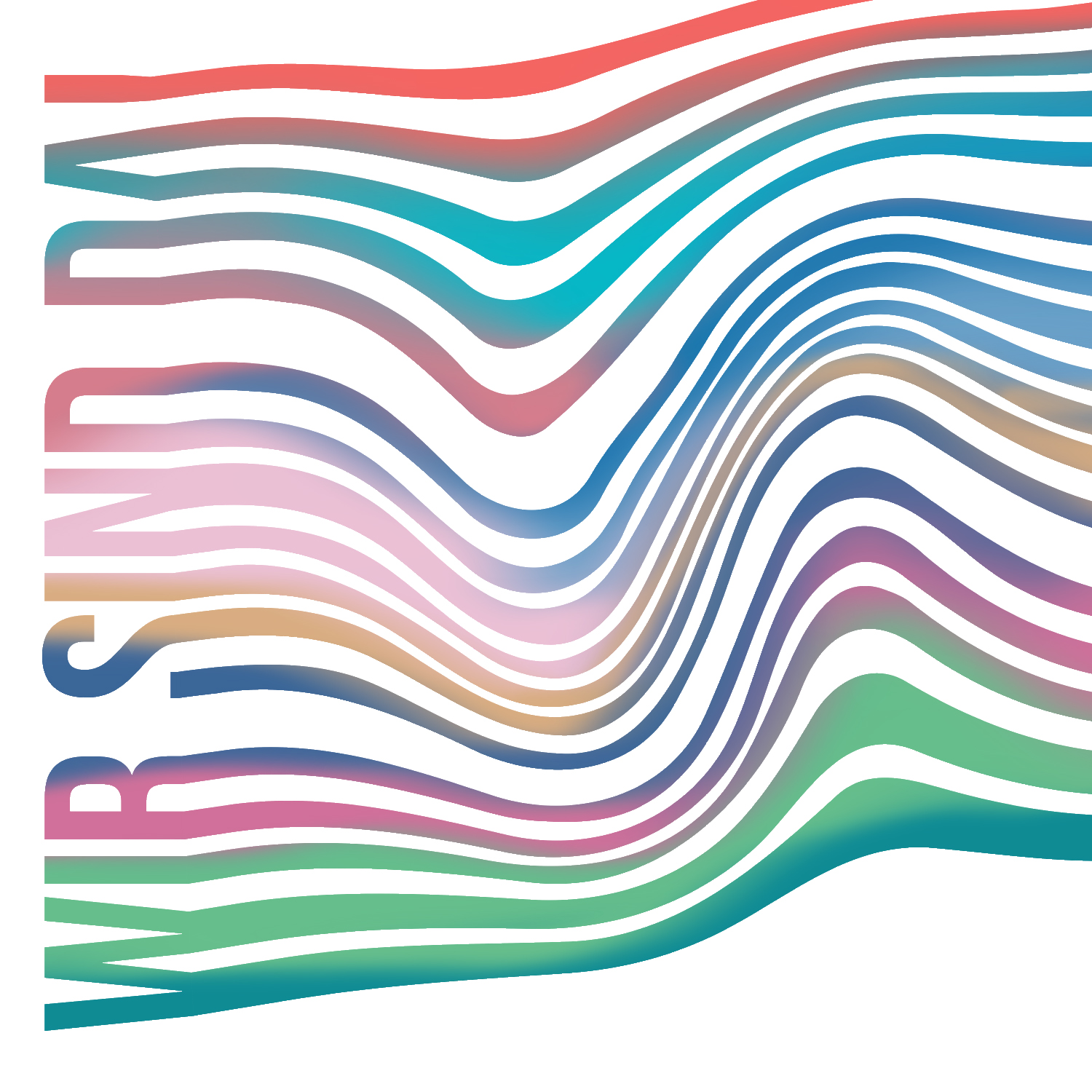
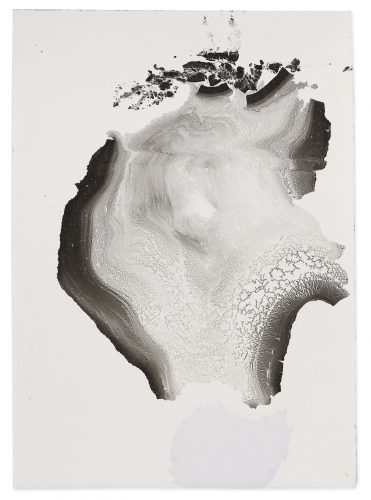 untitled »
untitled »
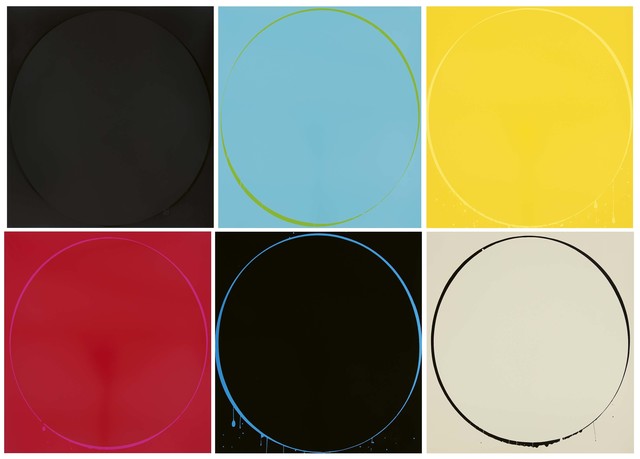 Ian Davenport, Ovals – Set of 6 »
Ian Davenport, Ovals – Set of 6 »
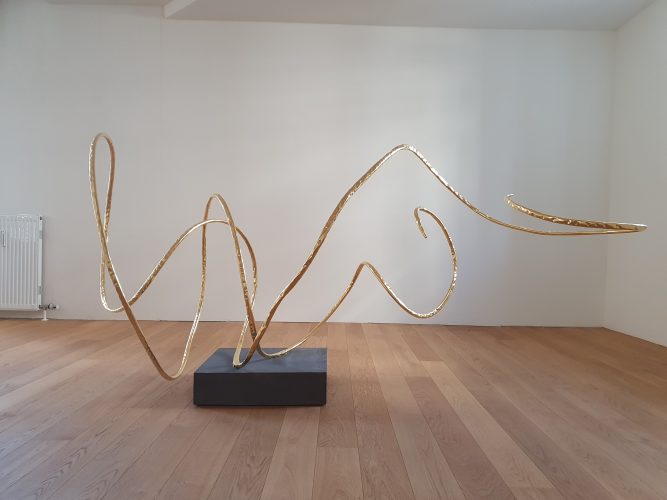 HMU »
HMU »
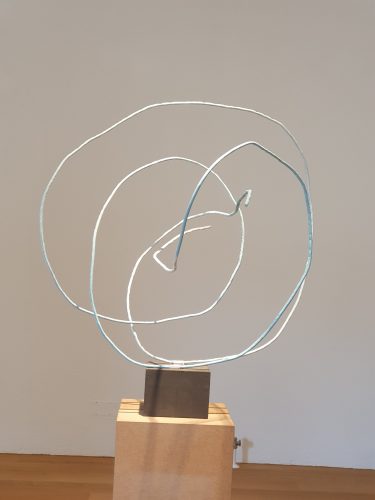 set time »
set time »
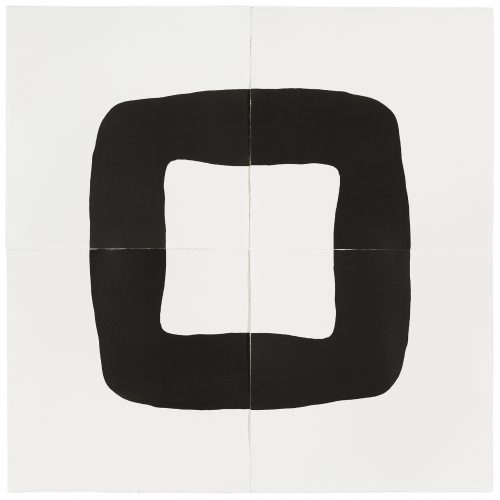 Ende des Beweises, Zeichensätze Lithografie »
Ende des Beweises, Zeichensätze Lithografie »
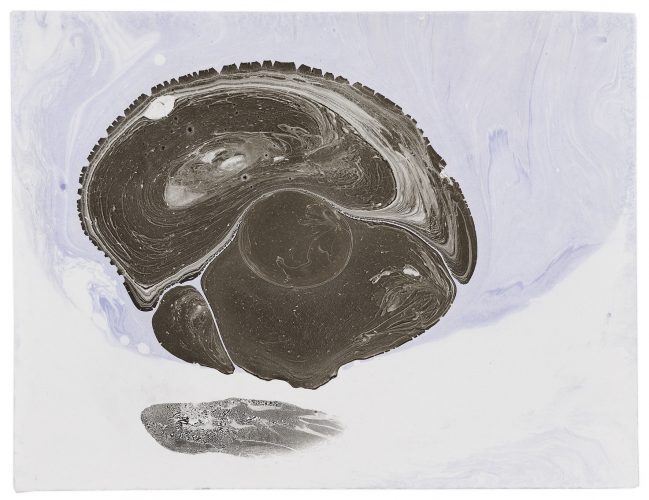 ohne Titel, aus der Serie Drift »
ohne Titel, aus der Serie Drift »
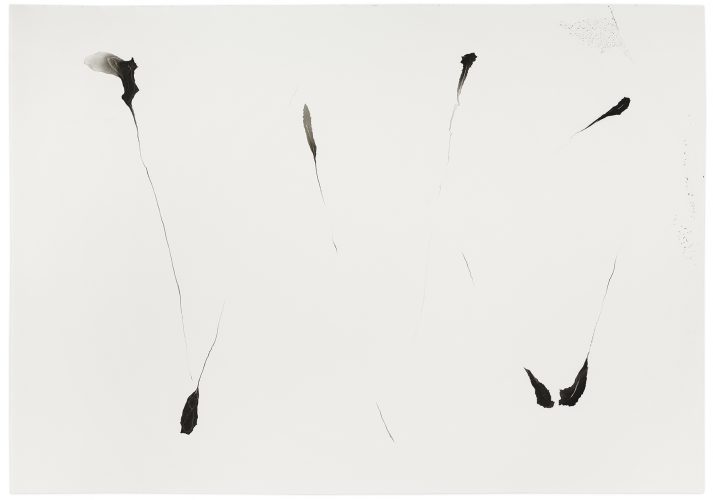 ohne Titel, aus der Serie Drift »
ohne Titel, aus der Serie Drift »
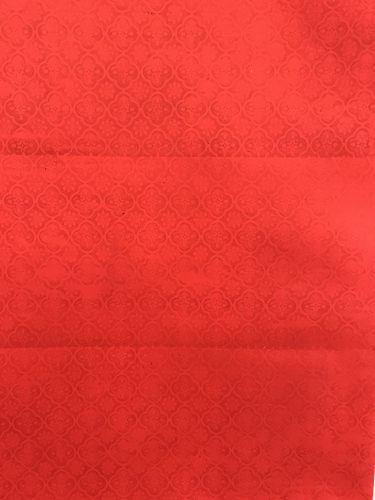 Tina Graf, The best View out of my Window, No. 1 »
Tina Graf, The best View out of my Window, No. 1 »
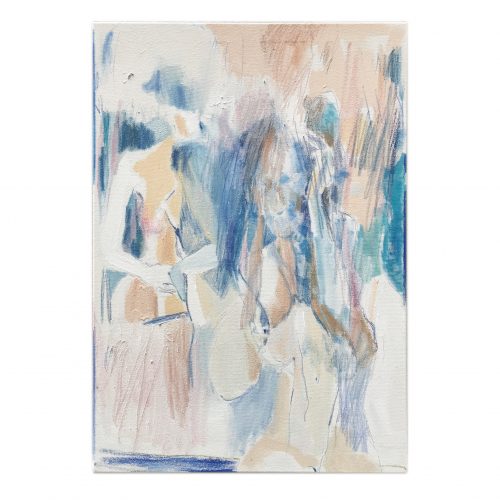 Tina Graf, She is blurred at the edges (Sie ist unscharf an den Rändern) »
Tina Graf, She is blurred at the edges (Sie ist unscharf an den Rändern) »
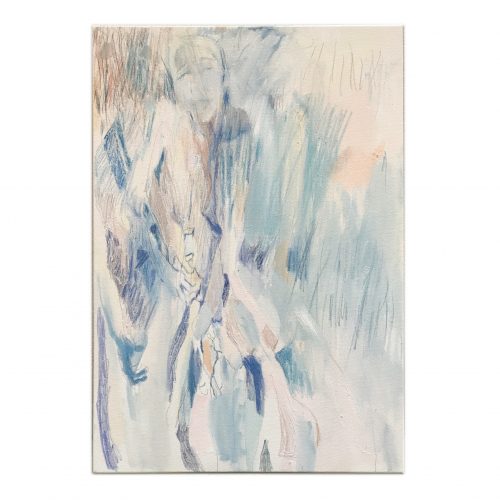 Tina Graf, If you take the place of fear, does the fear burst? Or does the fear remain in another place, where there is room for fear? »
Tina Graf, If you take the place of fear, does the fear burst? Or does the fear remain in another place, where there is room for fear? »
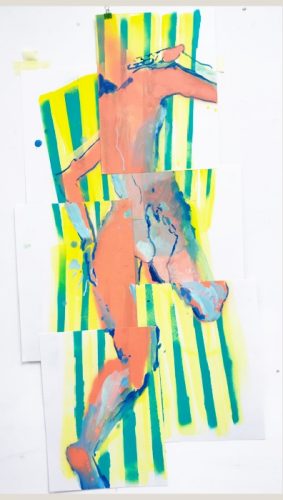 Tina Graf, Sizzling No. 1 »
Tina Graf, Sizzling No. 1 »
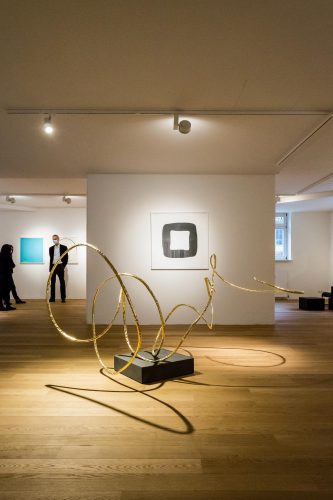 Exhibtion View – Inga Hehn & Julian Khol »
Exhibtion View – Inga Hehn & Julian Khol »
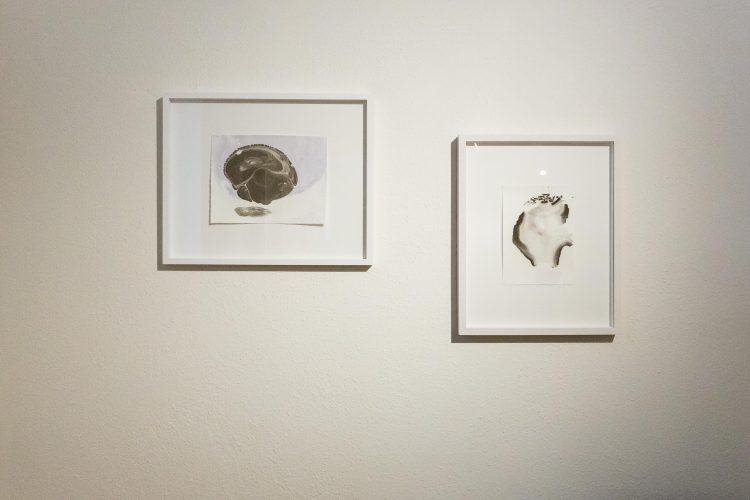 Exhibtion View – Inga Hehn, from the series Drift »
Exhibtion View – Inga Hehn, from the series Drift »
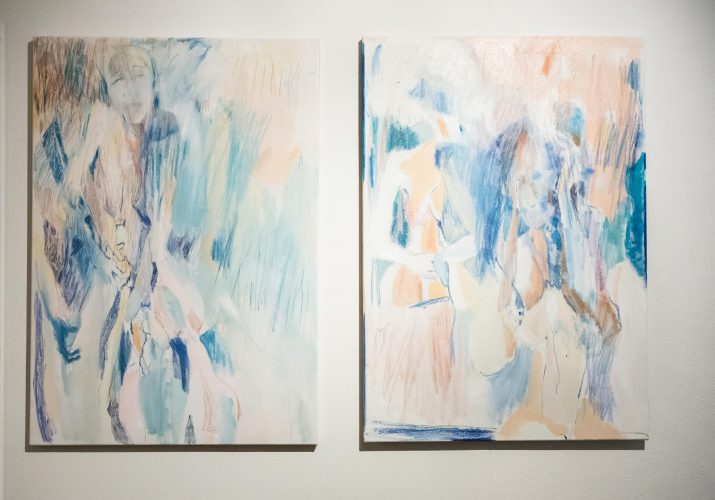 Exhibtion View – Tina Graf, NO ONE TOLD ME »
Exhibtion View – Tina Graf, NO ONE TOLD ME »
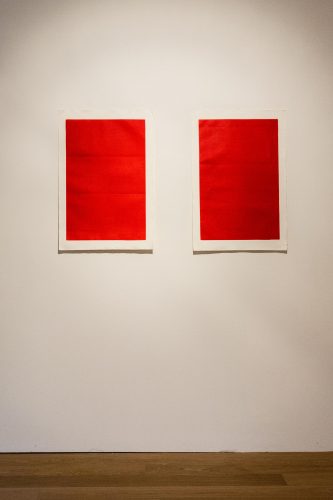 Exhibtion View we are here! – Tina Graf »
Exhibtion View we are here! – Tina Graf »
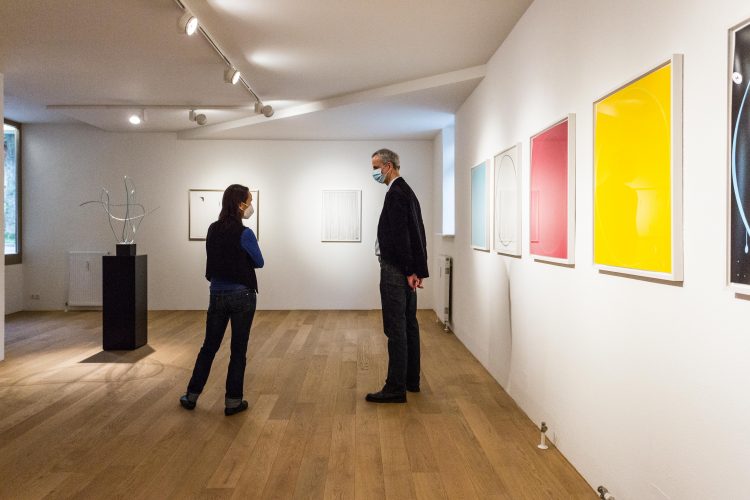 we are here! Exhibition View »
we are here! Exhibition View »